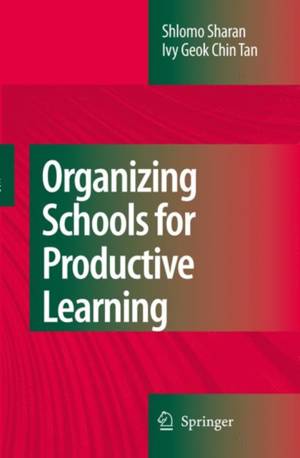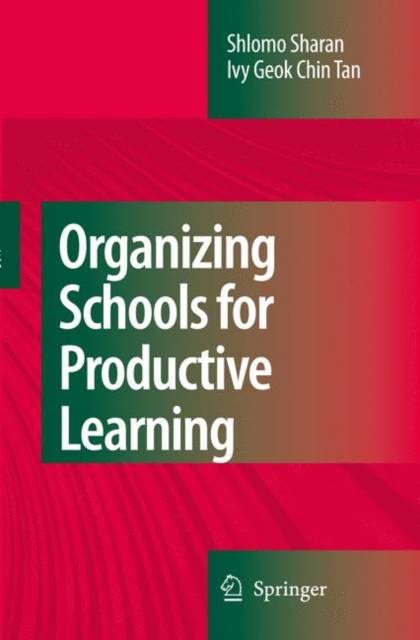
- Afhalen na 1 uur in een winkel met voorraad
- Gratis thuislevering in België vanaf € 30
- Ruim aanbod met 7 miljoen producten
- Afhalen na 1 uur in een winkel met voorraad
- Gratis thuislevering in België vanaf € 30
- Ruim aanbod met 7 miljoen producten
Zoeken
€ 83,95
+ 167 punten
Uitvoering
Omschrijving
A major problem confronting schools is that many students are turned off from learning and are bored. Boredom is destructive of learning. The No Child Left Behind (NCLB) initiative of the US government (2001) stemmed from the claim - accompanied by sharp debates pro and con - that many schools in the United States fail to achieve basic educational objectives, and that many schools are doing a poor job for a wide variety of reasons and surely not just because of student boredom (Brigham, Gustashaw, Wiley, & Brigham, 2004; Essex, 2006; Goodman, Shannon, Goodman, & Rapoport, 2004; Sunderman, Tracey Jr., Kim, & Orfield, 2004). The model of school organization and instruction presented here seeks to provide an effective plan for significant improvement in secondary school education, one of whose central aims is to make students genuinely engaged in what they are learning. The NCLB legislation emphasizes, inter alia, the need for school improvement. Without it one cannot reasonably anticipate improvement over current levels in student engagement in learning and in academic achievement. The NCLB literature frequently employs the term "school improvement" to refer to the quality of the teachers, such as their academic credentials, instructional competence, and their knowledge of subject matter. Similarly, "school restructuring" is said to include steps such as transforming the school into a charter school, replacing the teaching staff, or inviting a private company to administer the school. The use of those terms in this work is distinctly different.
Specificaties
Betrokkenen
- Auteur(s):
- Uitgeverij:
Inhoud
- Aantal bladzijden:
- 112
- Taal:
- Engels
Eigenschappen
- Productcode (EAN):
- 9781402083945
- Verschijningsdatum:
- 14/07/2008
- Uitvoering:
- Hardcover
- Formaat:
- Genaaid
- Afmetingen:
- 156 mm x 234 mm
- Gewicht:
- 358 g

Alleen bij Standaard Boekhandel
+ 167 punten op je klantenkaart van Standaard Boekhandel
Beoordelingen
We publiceren alleen reviews die voldoen aan de voorwaarden voor reviews. Bekijk onze voorwaarden voor reviews.








